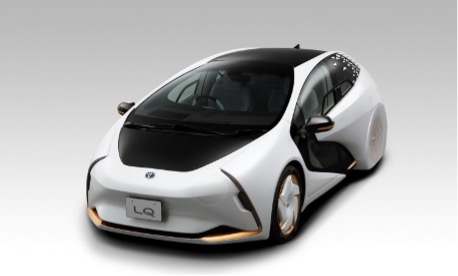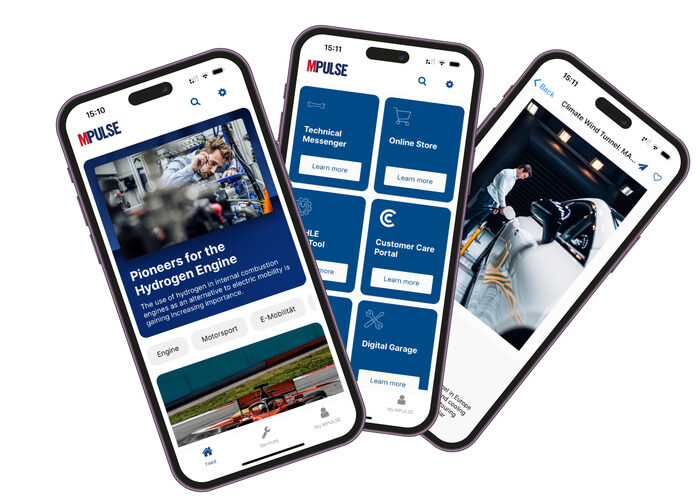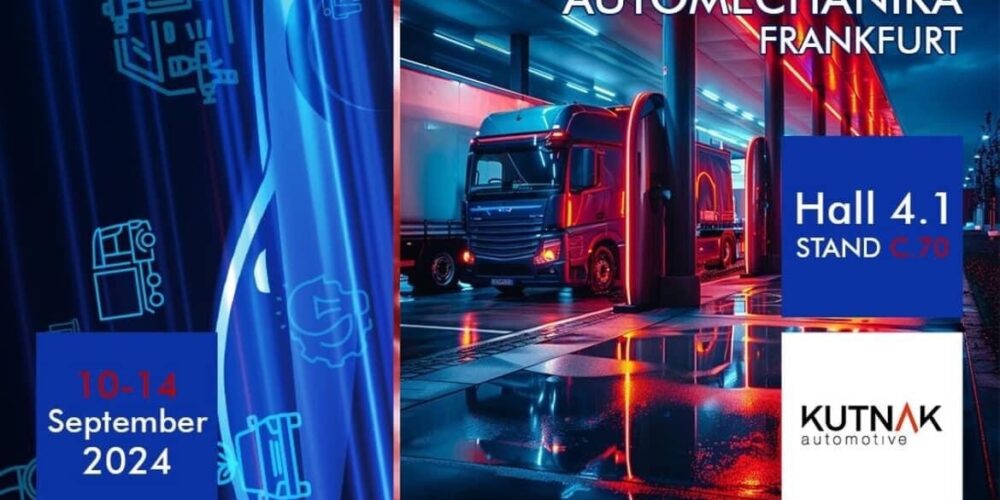The solid-state battery: solution or illusion?
When the range, capacity or charging speed of electric cars comes up in a forum, people are always talking about the future arrival of solid-state batteries, which will solve many of the current problems in the BEV segment.
So far, however, we have only reached the promises, and even today we cannot buy an electric car with a solid-state battery.
What could be the problem?
Basic handicap
It is important to point out that there is no economical solution existing for the storage of electrical energy. Electric batteries are trying to fulfill the task for which a really good solution has never been found before.
There are also several problems with the current Li-ion technology from the perspective of passenger cars. Its energy density is low, so the volume of the quantity to be transported is large and its weight is even greater. It is an energy efficiency spiral that is very difficult to manage.
Charging got another legitimate criticism: fast charging is not really fast either, and if it is really fast, it will have a visible negative effect on the lifetime of both lithium-ion and nickel-metal hybrid batteries.
Developers have been looking for solutions for these main problems for years, and one long-standing promise is the solid-state battery.
Structure, comparison, materials
A solid-state battery is a battery technology that uses solid electrodes and a solid electrolyte instead of the liquid or polymer gel electrolytes found in lithium-ion or lithium-polymer batteries.
However, the technology is not new. Solid electrolytes were first discovered in the 19th century, but their many disadvantages prevented their widespread use. The developments that took place at the end of the 20th century and the beginning of the 21st century caused a new interest starting in the 2010s – precisely in relation to the electric vehicles.
Solid-state batteries can be a potential solution to many problems of liquid Li-ion batteries, such as flammability, limited voltage, unstable solid-electrolyte interphase formation, poor cycle performance and durability.

Comparison of traditional, liquid-electrolyte Li-ion and solid-state batteries (source: UCI University)
Materials suggested for use as solid electrolytes in solid-state batteries include ceramics (such as oxides, sulfides, phosphates) and solid polymers.
Due to the fact that the technology is not new, there is also a practical application of it.
Solid state batteries are used in pacemakers, RFID and wearable devices. They are potentially safer, with higher energy density, but at a much higher cost. Challenges for widespread use include energy and power density, durability, material costs, sensitivity, and stability.
Many people forget, even though it is a very important aspect, that the vast majority of liquid electrolytes are not particularly environmentally friendly substances. In fact, up to 90-95% of the materials used in today’s batteries can – in theory – be recycled, which is not a negligible point either. When it comes to the safety of batteries, the solution used today still has drawbacks, as it can leak, it is flammable and can cause serious damage for the environment. The replacement of the current technology is also justified based on that.
Laboratory vs. reality
In theory, the solid-state battery sounds very good, but in practice, the implementation is not as simple as it seems.
Developers face many problems during construction.
One prime example is conductivity. A decade ago, the unanimous scientific consensus was that the materials listed above are approximately two scale worse conductors than liquid electrolytes. Something had to be done against this – nowadays the problem is not nearly as big, they almost approached the values of liquid version.
The same is the case with charge cycles. Previously, the volume change during use, i.e. as a result of temperature changes, which can exceed 10% in the case of the NCA chemistry popular in electric cars, was a major problem and destroyed the solid electrolyte over time.
Today in laboratory conditions, they are able to achieve a number of cycles exceeding 20,000.
And here come the obstacles that we have been unable to jump until today – the appropriate production technology does not exist at the moment.
The ceramic plate that we want to place in the battery should be extremely thin, roughly two micrometers or less. It is an extremely thin material – by comparison, A/4 printer paper is on average 80 microns thick.
The solid-state batteries that use a ceramic thin layer that work in laboratories today are therefore in many cases are classified as thin-film batteries. Developers were able to make the right thickness in the lab – the anode, solid electrolyte/separator and cathode together are about 2 microns.
Where is the problem? Unfortunately, right here. No matter how much we meet the above criteria with such a thin ceramic plate, this is exactly what gives rise to the following unsolvable problem: such a thin cell does not have a capacity that can be evaluated for practical automotive use, so a lot of it would have to be stacked on top of each other, which greatly degrades the energy density, since too many are inactive, so it would be unnecessary material in the many small cells. It can be seen that this would lose all of its beneficial properties compared to liquid electrolyte batteries.
Replacing ceramics with polymers could solve this, but then the ion conductivity would be reduced, since it is much worse under the same conditions than in case of ceramics.
Will we ever have a car like this?
There have already been attempts at the concept level – Toyota came up with the LQ Concept in 2021, but this vehicle will not go into series production either.

Toyota LQ Concept (source: toyota.com)
No matter how utopian the solid-state battery seems at the moment, the possibility of future serial production cannot be categorically ruled out.
The pressure from the market side is huge, the resources dedicated to research are increasing, so there is still a real chance that the right production technology will be found within a few years, and the solution could end up in the cars in showrooms.









